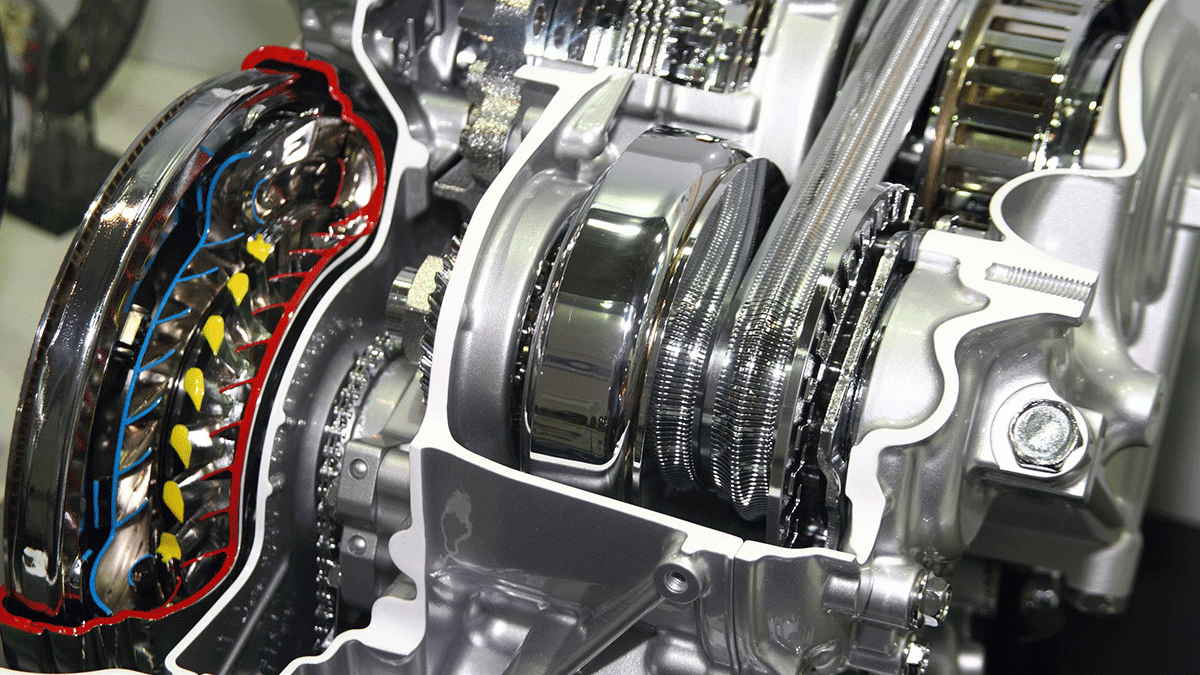
In the past, when it was a question of transmission on a car, the manufacturer offered us two choices: manual or automatic. And it was not that complicated to understand and explain, the first asked us to shift manually by means of a clutch pedal while the second carried out the gear change on its own. In return, we were billed over $ 1,000 to get all of this automatic gear.
Obviously, those who wanted sporty behavior opted for manual transmission while those categorized as "lazy" chose the one that required no effort.
But today, the choice is no longer limited to two options, since there are now dual-clutch, semi-automatic and continuously variable (CVT) transmissions. Increasingly popular, the CVT now appears in the catalog of a majority of manufacturers, especially on entry-level economic models. But how does this CVT transmission work?
Unlike automatic and manual transmissions, the CVT has no gear wheels. So there is no gear that fits into each other to choose the right gear. In fact, there are only three main elements that define the very heart of this CVT. Two variable pulleys are connected together by a belt. The belt can be made of rubber (tractors, mopeds, ATVs and snowmobiles) or of metal (cars), the second being more reliable and efficient. However, each of the pulleys consists of two mobile sides in the shape of a cone, one of which is variable, that is to say that it approaches or moves away from the other side in order to raise or lower the belt. Obviously, the belt adopts a V shape in order to conform to the shape of the pulley and thus allow maximum grip.
The pulley which is connected to the motor drives the second pulley which is connected to the drive wheels. The transfer of power is therefore carried out by the belt which connects the two pulleys. It is this principle which is called the variable speed drive, a principle which makes it possible to continuously vary the gear ratio of an engine.
The variable speed drive is therefore composed of two pulleys whose grooves are of variable spacing. Depending on the distance between the walls of the pulleys, the belt penetrates more or less close to the center, and thus changes the ratio. Generally, the ratio is chosen by a centrifugal device, depending on the speed of rotation of the engine. The faster the engine turns, the more the gear ratio increases. This is obviously a popularization of the principle since the CVT consists of several other mechanical and electronic elements.
The major problem related to the CVT is its use restricted to low displacement engines. Due to the principle of the pulleys and the belt, it is difficult for the moment to channel a significant power without having any slip. This is why the CVT is usually used only on vehicles where the engine torque is not too high. There is also a slight loss of engine brake compared to what is measured on an automatic transmission. However, everything suggests that current research will soon offer this type of transmission on all motor vehicles on the planet
No Comments Yet
Your email address will not be published.